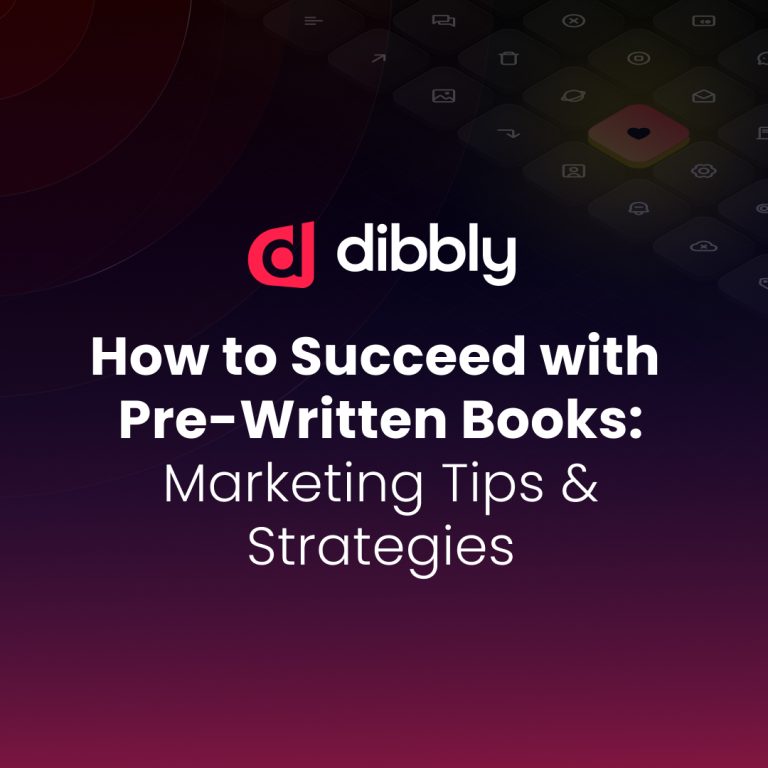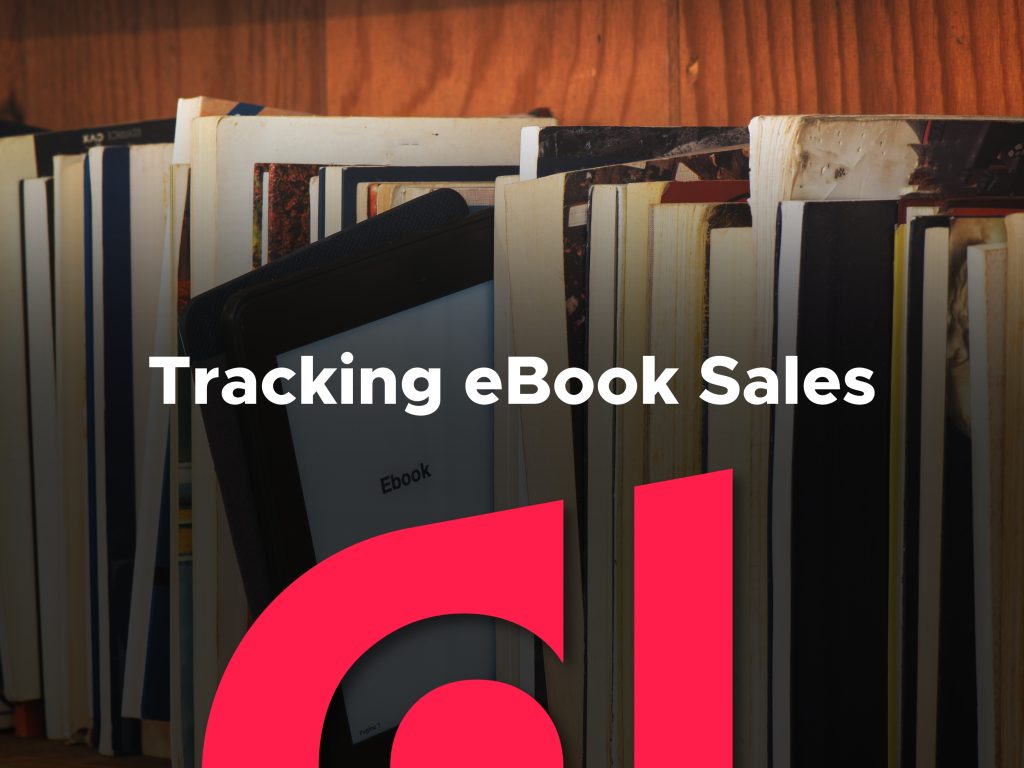A great many aspiring authors have seen their dreams of having a published book fade away in the distance at just the start of their pursuit. The realization that the actual act of writing a high-content book is a far more challenging feat than had been anticipated often leads to delays in the completion of the project, or it is left unfinished.
An alternative route that an aspiring publisher may venture on that is far more likely to result in the pursuer fulfilling their publishing dreams without the uncertainty and rigors of a high-content book is a low-content alternative. These book formats require little to no text, and the pages are often a repetition of each other.
The advent of self-publishing platforms and their subsequent widespread acceptance and utilization by consumers have opened the door for an innumerable number of authors. This has not only resulted in a diverse amount of genres but has also facilitated unprecedented opportunities for self-publishers who would not have been able to get their work out to consumers without a significant amount of capital to cover the cost of printing.
Having access to an on-demand printing service that provides the printing press and logistics to supply a book once it has been ordered from the platform to the buyer has opened the door to self-publishers who, in the past, without access to the printing press of a major publisher, would have likely had to bear a massive upfront cost to get their books printed, often with no guarantee of a return on the printing costs.

Low-Content Book Niches
The sheer volume of a high-content book can be quite overwhelming; even an experienced author working on a title they are passionate about in a niche that provides a vast amount of topics to write on may find it an uphill task that may even prove to be an insurmountable one too challenging to complete.
Identifying low-content books as the solution and subsequently conducting the necessary research to determine which book niche would be most in demand and, therefore, yield the most return is only the first step. There is still an equally important question all self-publishers face, regardless of any of the factors concerning the literary aspect of their book. That important question is how to go from a manuscript to a physical copy in the customer’s hands.
The Advent of Low-Content Book Niches
With access to on-demand printing platforms came the opportunity for aspiring publishers without the means or desire to engage in the arduous process of creating a high-content book to still enjoy the rewards of being a publisher. Low-content books are ideal for publishers proficient in marketing a book, as it allows them to take advantage of their skills in that regard with minimal effort.
Apart from being able to promote a product to garner sales, another basis on which a publisher will be able to attract customers to their low-content book is by being a recognized figure or brand in the field the book is related to. An accounting firm, for example, could place its company logo on a ledger book, and thanks to platforms such as Amazon KDP being automated, the entire process from sales to shipping is handled by that service. The publisher would only need to endorse their book to their customers and affiliates.
The ease of use and accessibility that these publishing platforms provided introduced a concept that was quickly recognized as a means of creating a stream of revenue without having to do more than associating an already recognized public figure or brand with a book format that is widely used and has little or no restrictions on copying and distributing.
Niche Selection for Low-Content Books
The different niches of low-content books vary in complexity, purpose, and book size. The primary characteristic of a low-content book is that it has been left mainly blank to allow its users to enter information pertinent to its purpose. The niches of low-content books that don’t conform to this form, for which the argument may be raised that they are not truly low-content, are, however, based on the fact that for these niches, the author is not required to create original material; instead, the content is sourced from cited creators, the public domain, and religious texts.
The design of a low-content book, despite the lack of text, will provide self-explanatory areas that, even with the absence of a guide on how to employ these spaces, the mere name of the book will suggest its intended use, particularly for books that are aimed at a special skill such as accounting or music composition that would require the person interested in purchasing this book to have some previous knowledge or training on the subject.
Low-content book niches range from completely blank pages with not so much as a page number; then there are books with evenly spaced lines that fill the entire page and are repeated throughout the book; others will have more unique line placements that form tables, columns, and rows that allow the user to input the information related to the purpose of the book.
Profitable Low-Content Niches
We have established how low-content niches came about; we have also explored how easy it is to get started and manage with little to no effort, and we have highlighted the benefits. What makes low-content niches attractive to an aspiring publisher, an influential person, or a business looking to capitalize on their brand’s favorite hack is the wide array of niches they have to choose from.
What makes all the perks of venturing into the market of low-content niches even more appealing is that there are no limitations. An endless amount of books may be sold from the wide array of niches available, all of which you may decide to provide.
The more options there are, the greater the increase in potential sales. There is a potential downside to that approach, however, as there is a clutter of items, some of which may not be relevant to prospective buyers and only cause them to feel overwhelmed and not be able to find the product that matches their needs.
List of Low-Content Books

To make an informed decision on the low-content niche(s) that you would like to make available, at least a basic knowledge of the different niches is compulsory. They are as follows:
- Journals: Used to keep a record of life events, accomplishments, affirmations, and aspirations. Journals have been widely used as a form of therapy; they provide the user with an outlet for their hopes, fears, and other thoughts they may be unable to express.
- Planners: Primarily used for planning and are composed in a calendar form that typically covers the 365 days of the year that the planner is dedicated to. Each day is broken down into hourly sections, usually two lines per hour, that allow the user to plan the activities they have allotted for that time of day. These activities can include to-dos, appointments, or reminders. Planners also come in specific niches geared towards managing events and aspects of life, such as weddings, travel, workplaces, school, and family planners.
- Recipe Books: Qualifies as low-content books because, unlike their counterparts, which are cookbooks that provide detailed how-tos on a selection of recipes, a recipe book comes blank and is meant to be filled out by the user with their recipes, which may be family recipes or their creations. Recipes may be a mixture of different types of food or dedicated to one specific group, such as vegans.
- Quote Books: Despite there being some amount of text and each page being unique with these books, it may still be considered low content as the publisher is not required to create any original content given, that most quotes will be sourced from philosophers, leaders, and other influential people. Please note that quotes may be subject to copyright and trademark laws, and sufficient research should be done before venturing into this niche.
- Coloring Books: These pages are not likely to be repetitive and consist of images rather than text. The images within these books are void of color and require minimal effort to produce, as they are often of animals and the outline of notable locations.
- Activity Books: It can be argued that this is not a low-content niche as a significant amount of complex text is required, and each page of this book will likely be unique; however, the content doesn’t have to be original and will mainly be made up of popular games and puzzles that only require the author to research and compile them.
- Daily Devotionals: Another niche whose qualification as a low-content book can be argued; its addition is owed to the nature of the content required for this type of book, which may be taken from other sources such as religious text or inspirational quotes. The layout is typically in a format that is designed to read a passage a day.
- Notebooks: The epitome of what a low-content book represents; the pages are essentially blank except for horizontal lines spaced evenly throughout the entire page that are meant to be used in an innumerable range of environments, including school or anything that requires the recording of information.
- Music Composition Books: Used by composers of music to record the notes on the treble and bass clefs. Each clef has five lines divided into sections, each of which corresponds to the length of time the player should hold it.
- General Ledger: Used by companies and other personal and commercial entities to record their finances. Ledgers record the assets, liabilities, expenses, revenues, and equity that comprise the different types of transactions that a business engages in.
Conclusion
Creating new opportunities through the advancement of craft and functionality has always been a mantra that The Urban Writers hold dear. The integration of technology into the literary arts to create new methods and improve on existing ones should always be embraced.
If your interest in low-content niches stems from uncertainty regarding what you are capable of accomplishing within a high-content niche with the right team of writers, editors, and designers providing unparalleled guidance and support. The only way to know if you have what it takes to soar is by taking the first leap.













